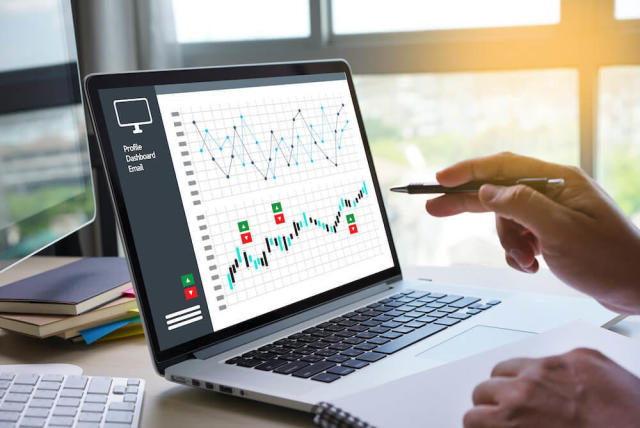
Sales has traditionally been an intuition-driven profession. Today, adopting that approach is a major competitive disadvantage. In our data-driven era, sales leaders need to make decisions in response to real-world market changes, up-to-date assessments of competitor activity, demonstrably accurate summaries of customer preferences, and company-wide data trends. Relying on opinion or “gut feel” means losing ground in the marketplace. Perhaps the most obvious situation where “intuition” fails to serve sales teams is in forecasting revenue, a topic of special importance in the fourth quarter, when many teams find themselves struggling to hit year-end targets.
As the cost of acquiring new customers continues to rise, sales teams find themselves focusing on targeted efforts to forecast more effectively and preserve resources. At the end of the day, this simply means selling more efficiently, which is definitely something the CRM provided by our partner HubSpot is designed to do. HubSpot’s tools make data-driven forecasting easier by collecting and using specific metrics to inform all sales decisions, from lead prospecting to decisions about shortening sales cycles. Some of the metrics you can track in your HubSpot CRM, and collaborate with team members to create more accurate and useful revenue projections, include:
- Deal Creation
- Sales Activities (e.g., phone calls, email outreach, in-person meetings, etc.)
- Average Revenue Per Sale
- Average Length of Sales Cycle
- Percentage of Revenue from New Business
- Percentage of Reps Achieving Quota
- Sales Leads by Source
- Cost of Selling as a Percentage of Revenue Generated
Using this kind of data can help you and your reps create more accurate forecasts, improve productivity, and save precious resources wasted in pursuing customers who aren’t a good fit. Implementing a data-driven approach can streamline your sales process in a way that maximizes revenue and business impact – and gives the company’s senior leadership a more accurate picture of what kind of revenue is forthcoming.
For most organizations, this transition from intuitive to data-driven does not happen overnight. When moving to a hybrid sales process, it is important to understand that your team is not made up of machines. They are humans. They can’t just flip a switch and make the change permanent. Modern adult learning models and insights from training over one million salespeople have led us to create some best practices around leading yourself and your people through this change process.
In order to adopt this kind of data-driven selling process, and in order to work with you (not against you) to create more accurate sales forecasts, your sales team needs to be aware of what you want them to do. They need the knowledge of how to do it. And they need a safe place to apply that knowledge, to practice, fail, and learn. They will need to learn to use new tools, develop new skills, and begin to form new habits, all of which takes time and repetition. Your job as the leader is to create those opportunities and coach your team through the learning process.
First, consider your team’s ATTITUDE. What are their current beliefs around data-driven selling? Do you have a young, tech-savvy team who are already embracing the latest technology, or do you have a veteran team with old habits deeply ingrained that would rather everything were written out by hand? It is important to understand your team’s emotional state and reasons to adopt the new process. Meet them where they are and individually get their buy-in to the change.
Second, it is important to look at their BEHAVIOR. It is one thing to say we are ready to change, but another to take consistent actions (like using a new CRM) that make change a reality. Outline the goals, change plan, and action items for each individual member of the team. Measure whether they are taking those actions consistently, and coach them one-on-one when they fail.
Finally, consider their TECHNIQUE. Are they using the correct strategies and tactics? Do they know how to use the tools available to them? Review the pre-call plan, ride-along, and debrief sales calls to ensure they know how to execute the skills. Help them to learn how to leverage the tools necessary to find success in this new model.
Attitude, behavior, and technique combine to form Sandler’s Success Triangle, and they are your keys to, pointing them toward world-class resources like HubSpot’s CRM, unlocking the performance code for your team, and generating meaningful data that connects, this quarter and every quarter, to data-driven sales forecasts … as opposed to hunches and best guesses.
To access a complimentary video lesson from HubSpot and Sandler, SELLING IN A HYBRID WORLD, and learn what it takes to move your current sales process into a hybrid model, click here.
COMPLIMENTARY RESOURCE DOWNLOAD

